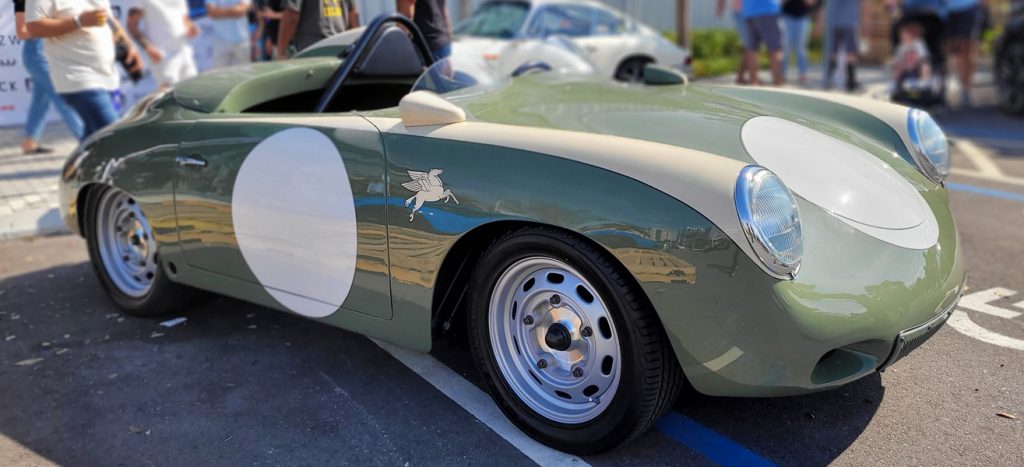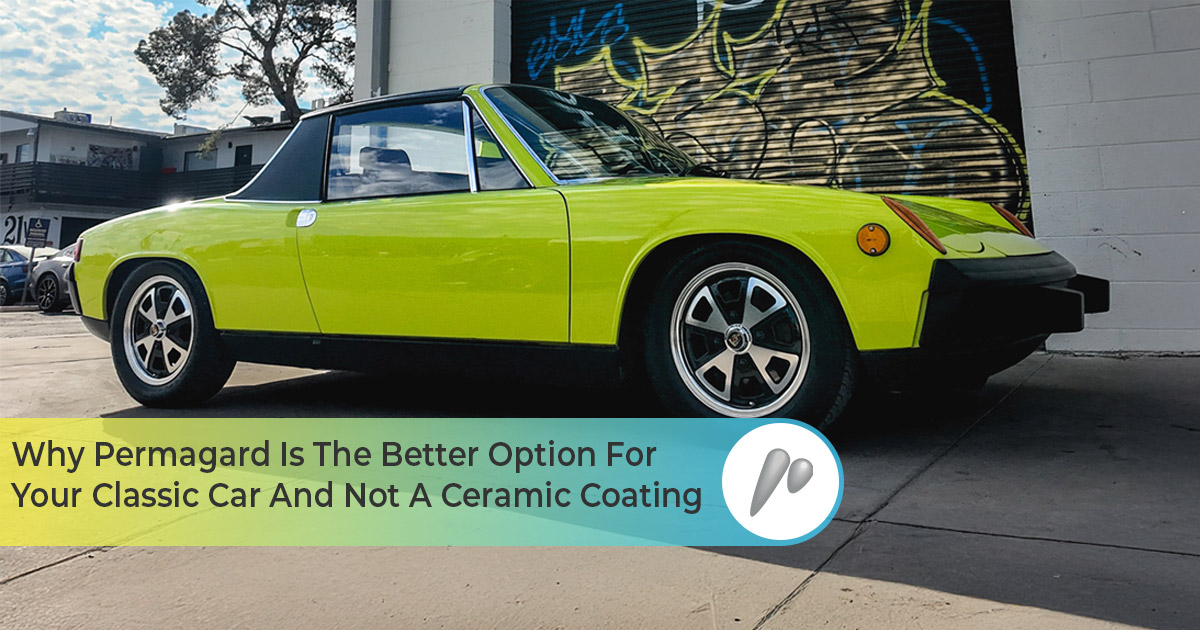Why Permagard Offers the Best Paint Protection for Classic Cars
When it comes to protecting a classic vehicle, whether it be a single-stage paint system (monocoat) or a multi-stage paint system (basecoat-clearcoat), Permagard Automotive paint protection is the best overall option to protect your vintage asset. Paint correction is always required before applying a ceramic coating. Permagard does not require paint correction in its application process. Each paint correction session removes a layer of paint and every ceramic coating requires paint correction before it can be applied. One could say that you need to remove a layer of precious paint, if you want to protect it with a ceramic coating. And when you have a 20, 30, or even 40-year-old classic car that still has its original paint system, you want to preserve and protect as much paint as possible to keep the resale value of the asset. This is why Permagard is the overall better option for preserving original paint systems.
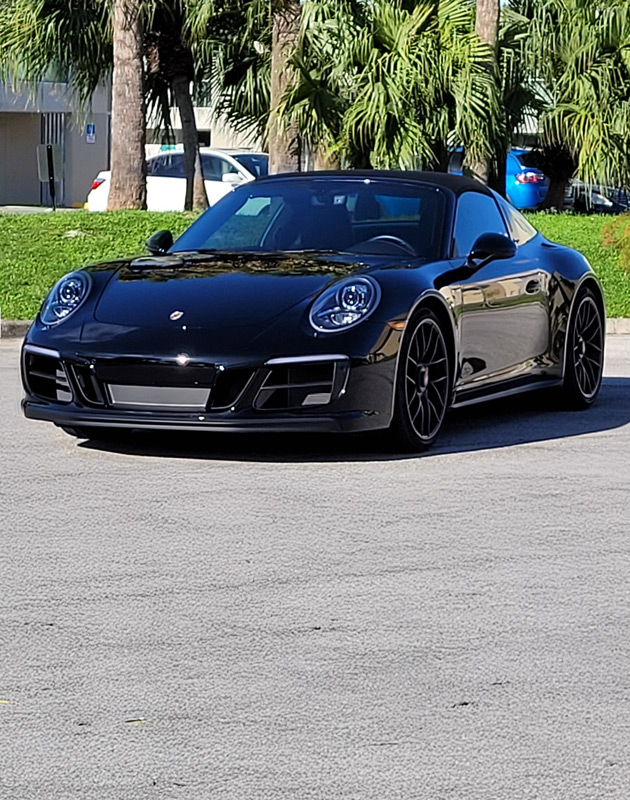
The Evolution of Paint Protection for Automotive Paint Systems
Before the 1980s, every car manufactured utilized a single-stage paint system. This means that the paint had no clearcoat painted over it. Single-stage paint systems combined the basecoat (color) and clearcoat (paint without color) into one single layer. This simplified the process for automotive manufacturers to paint cars. Painting was often being done by manual labor back then, so this made the entire painting process of better quality. Today, robotics are used and orange peel effect is far more common for modern paint systems. When the 1980s came, robotic painting was founded and became a vital part of the automotive manufacturing industry. This allowed automotive manufacturers to utilize automatic mechanical machines to efficiently paint a car quicker than manual labor. This was also the decade that PPG pioneered the basecoat-clearcoat paint system, therefore, the multi-stage paint system was created. This type of paint system consisted of pigmented enamel basecoat followed by a clear enamel topcoat. This also allowed the creation of metallic finishes, which became more common and were sold as an option for those who purchased a new vehicle and were charged a premium for a metallic paint job. Confusion was also quite common among customers during this time surrounding what exactly the purpose of a metallic paint job was. Customers were being told that the metal particles in metallic paint had hardening properties to better protect the paint, when in reality, the metal particles were exclusively for decorative purposes. It was the clearcoat that offered better protection from visible oxidation than conventional monocoats. Today, multi-stage paint systems are generally water-based. First, a colored basecoat is applied to color the car, leaving it with a dull finish. Then, a layer of clearcoat is applied over the basecoat to provide the glossy appearance of the paint scheme. Some automotive manufacturers, such as Toyota, have even instituted a three-step process that involves a color coat, pearlescent coat, and clearcoat. The pearlescent coat incorporates shiny ceramic-like crystals (known as mica crystals) to give the paint a sparkly, almost flaky-like appearance to it.
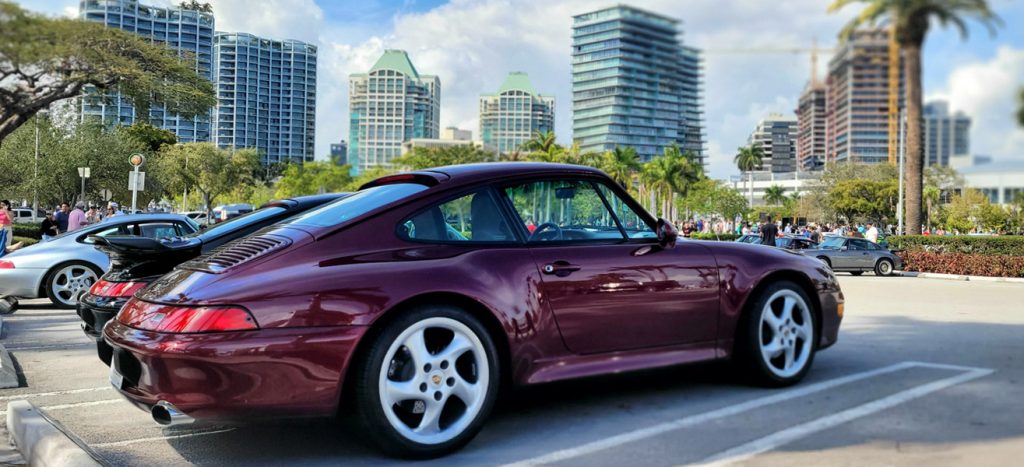
Paint Protection Challenges for Vintage Paint Systems
Older single-stage paint systems are generally thicker than today’s basecoat–clearcoat systems, allowing greater margins for polishing and paint correction. This is not the case with current basecoat-clearcoat systems where the basecoat and clearcoat are as thin as possible. This leaves little room for paint correction, which depending on the grit of your abrasive compound or clay bar, may result in you polishing through your clearcoat after only two or three polishing cycles. Once you polish through the clearcoat, the damaged panels must be repainted. It’s good to note that when you’re polishing any automotive painted surface, paint transfer will occur with all paint systems. The main difference between polishing a single-stage paint system versus a multi-stage paint system is that the paint’s color transfers to the polishing pad on a monocoat system. You won’t see the same transfer results on a multi-stage paint system as there is no color pigment in the clearcoat. Therefore, one can say that a monocoat has more thickness than a basecoat-clearcoat for polishing and paint correction. For this reason, most classic cars still have their original paint on them. With ceramic coatings, paint correction is always required before they can be applied to a painted surface. Taking the scary risk of burning through a vintage paint system on a classic car is not something owners of these cars should take lightly. If you want to apply a ceramic coating to your classic car’s original paint system, you must be prepared for the likelihood that the paint could become damaged and lose its original specifications.
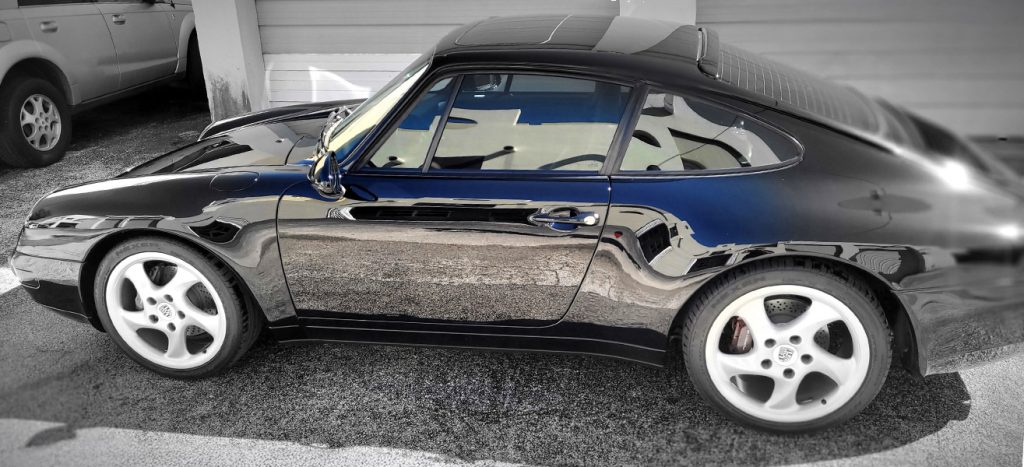
Permagard: Advanced Paint Protection Without Paint Correction
Permagard has never required paint correction during the application process for it to properly bond and cross-link to the treated surface to utilize its maximum effectiveness. Permagard fills in and levels out micro-scratches on painted surfaces. Ceramic coatings magnify micro-scratches, unless all of the painted surfaces have undergone paint correction beforehand. Permagard can be applied to any painted surface, regardless of its age or paint system. Permagard Automotive protects 100% of the integrity of a vehicle’s original paint specifications. This ensures maximum durability and performance for your classic car’s paint, while producing a deep depth of shine that cannot be replicated by competitive products. We actually showcased this recently when we applied Permagard Automotive Service Treatment to a 1997 Ferrari 550 Maranello. Single-stage paint systems are also more vulnerable to oxidation, harmful UV rays, acid rain, and harsh water-spotting. Permagard Automotive fully protects against all of these environmental attacks to give you peace of mind that your classic asset will retain its resale value for many years to come.
Protect Your Classic Car with Permagard Paint Protection
If you would like to learn more about how Permagard Automotive can protect your classic vehicle’s original paint systems from environmental hazards, while producing a deep depth of shine to make it look better than brand new, contact our Permagard Headquarters today at (305) 662-5070 for more information. It’s time to shine and see yourself in your brand!
Featured Image Credit: Special thanks to @porsche94teen for showcasing their beautifully maintained Ravenna Green Porsche 914!
